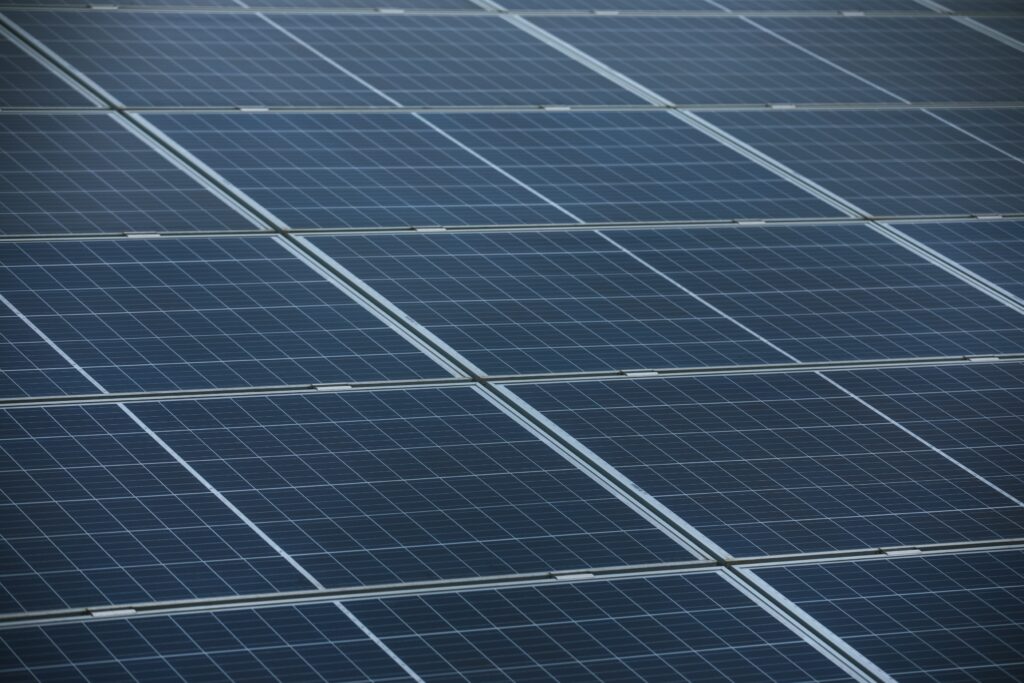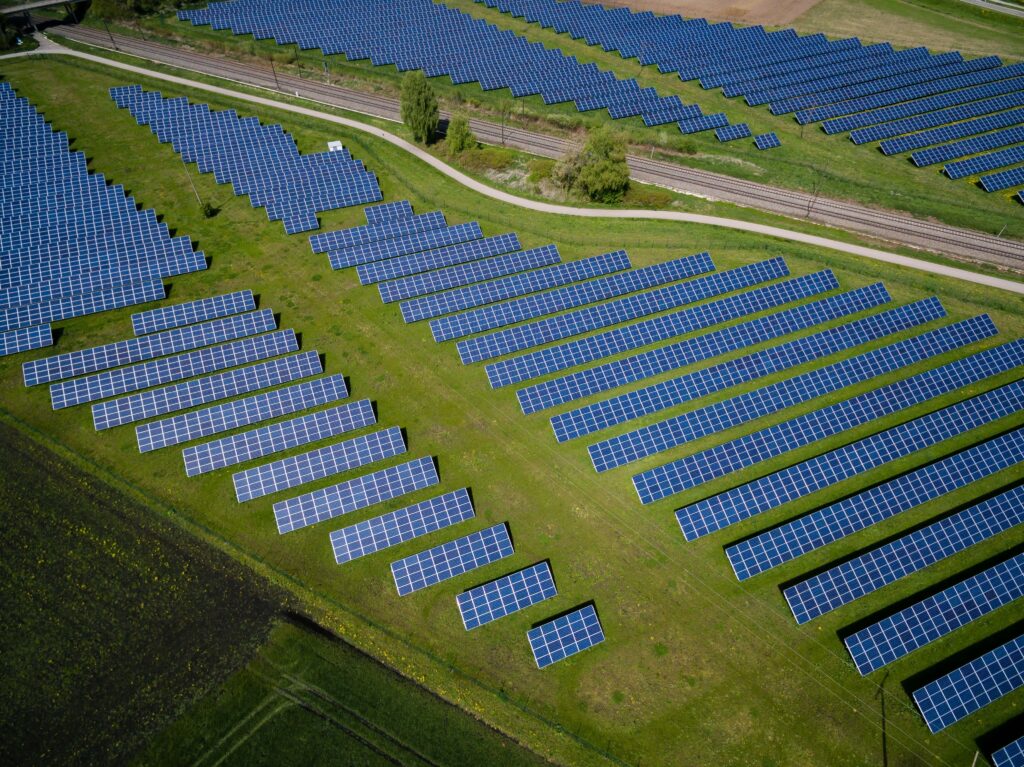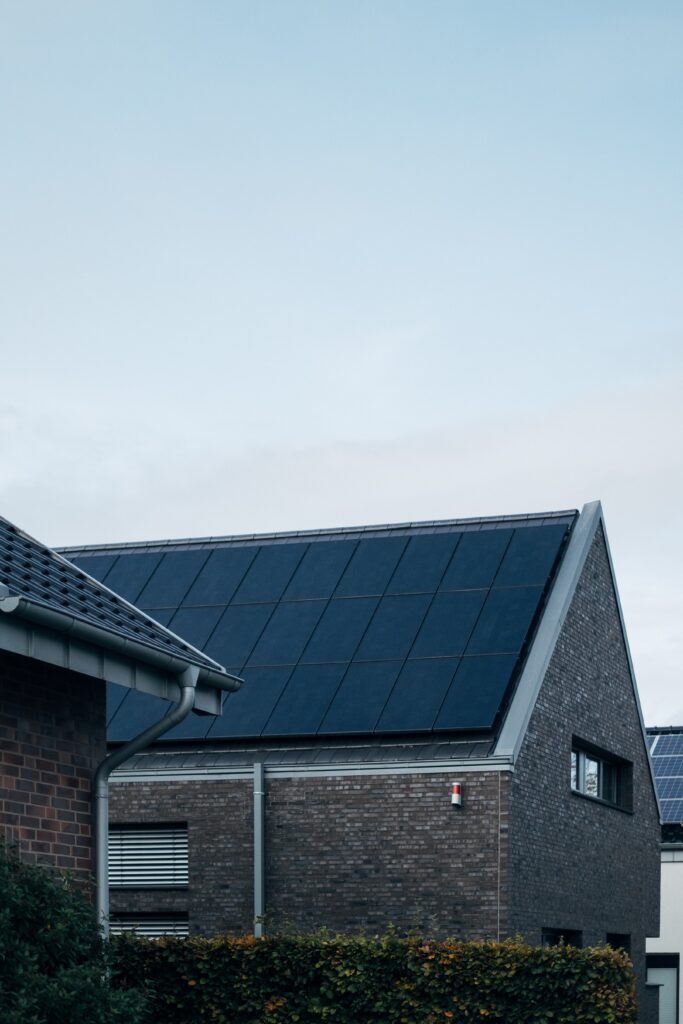So you’re considering using a solar generator, but you’re curious about any potential downsides, right? Well, in this article, we’ll explore the disadvantages of solar generators and shed some light on the less glamorous aspects of this technology. From limited power output to high initial costs, let’s take a closer look at the potential drawbacks you should know before making your decision.

High Initial Costs
Expense of Solar Panels
One of the major disadvantages of solar generators is the high initial cost. Solar panels, which are the main component of a solar generator, can be quite expensive. The cost of purchasing and installing solar panels can be a significant barrier for many homeowners or businesses who are interested in transitioning to solar energy. The expense of solar panels can make it difficult for some individuals to afford the upfront investment required for a solar generator system.
Cost of Installation
In addition to the expense of solar panels, the cost of installation is another factor to consider when assessing the disadvantages of solar generators. Hiring professionals to install solar panels can be costly, and while some individuals may attempt to install the panels themselves, it can be a complex and time-consuming process that requires knowledge and expertise. The cost of installation adds to the overall initial investment and can make solar generators less accessible for some individuals or businesses.
Maintenance and Repair Costs
Another aspect to consider is the ongoing maintenance and repair costs associated with solar generators. While solar panels generally require minimal maintenance, regular cleaning and inspections are necessary to ensure optimal performance. Additionally, in the event of any damage or malfunction, repairs or replacements may be required, which can incur additional costs. It is important to factor in these maintenance and repair expenses when considering the overall costs of a solar generator system.
Dependent on Weather Conditions
Limited Efficiency During Cloudy or Rainy Days
Solar generators rely on sunlight to generate electricity, which means they are dependent on weather conditions. Cloudy or rainy days can significantly reduce the efficiency of solar panels, as less sunlight is available for conversion into electricity. This can result in lower power production and may necessitate the use of alternative energy sources or backups during periods of inclement weather.
Ineffectiveness during Severe Weather
In addition to cloudy or rainy days, severe weather conditions such as storms or hurricanes can render solar generators ineffective. Strong winds can damage or displace solar panels, making them unable to generate power efficiently. Similarly, heavy snowfall can accumulate on panels, obstructing sunlight absorption. Severe weather events can interrupt power generation and may require additional precautions or alternative energy sources during such periods.
Inability to Generate Power at Night
Perhaps one of the most noticeable disadvantages of solar generators is their inability to generate power at night. Since solar panels rely on sunlight, they are unable to produce electricity in the absence of sunlight. This means that energy is not generated during nighttime hours, and unless a backup power source or energy storage system is used, individuals relying solely on solar generators may experience a lack of power during the night.
Reduced Efficiency without Optimal Placement
Requirement for Direct Sunlight
Solar panels require direct sunlight to function efficiently. This means that they need to be positioned in a way that maximizes exposure to sunlight throughout the day. Factors such as shading from nearby trees or buildings can significantly reduce the efficiency of solar panels. In some cases, the positioning of a property may not allow for optimal sun exposure, limiting the overall efficiency of the solar generator system.
Need for Panel Adjustment to Track Sun
To ensure maximum energy production, solar panels often need to be adjusted to track the sun’s movement throughout the day. This adjustment helps to optimize the angle and positioning of the panels for maximum sunlight absorption. However, not all solar generators have the ability to automatically track the sun, requiring manual adjustments by the user. This can be a time-consuming task and may require regular monitoring throughout the day.
Impact of Panel Placement on Property Value
While solar panels can provide many benefits, the placement of these panels can have an impact on the property value. In some cases, potential buyers may view the presence of solar panels as less desirable or aesthetically unpleasing. The visual impact and placement of solar panels on a property should be carefully considered, as it may affect the overall value of the property or its marketability in the future.
Environmental Impact
Energy and Material Use in Production
The production of solar panels requires energy and materials, including rare earth minerals such as silicon and silver. The extraction and processing of these materials can have negative environmental impacts, including habitat destruction and greenhouse gas emissions. Additionally, the energy consumed during the manufacturing process contributes to the carbon footprint of solar generators. While solar energy is a renewable and clean energy source once installed, the initial production process should be taken into account when assessing the overall environmental impact.
Issues with Solar Panel Disposal
At the end of their lifespan, solar panels require proper disposal or recycling. However, the recycling infrastructure for solar panels is still developing, and many panels end up in landfills. Improper disposal can lead to the release of harmful substances, such as lead or cadmium, which can negatively impact the environment. Efforts to improve recycling capabilities and responsible disposal practices are essential to mitigate the environmental impact of solar panel waste.
Impact of Installation Process on Local Environment
The installation process of solar generators can also have environmental implications. Depending on the scale of the installation, land may need to be cleared, potentially impacting local ecosystems and habitats. Additionally, the use of heavy machinery during installation can contribute to emissions and noise pollution. It is important to consider the environmental impact of the entire lifecycle of solar generators, including both production and installation.

Space Requirements
Size and Number of Panels Required
The size and number of solar panels required for a solar generator system can be substantial. The amount of space needed for installation depends on factors such as energy consumption and the desired power output. For residential properties with limited rooftop space or smaller yards, it may be challenging to accommodate the necessary number of panels to meet energy needs. This space requirement can be a limitation for individuals or businesses with spatial constraints.
Physical Limitations of Residential Property
Residential properties may have physical limitations that make solar generator installation more challenging. The angle and orientation of roofs, for example, can impact the efficiency of solar panels. Properties with rooftops that face in an unfavorable direction or have excessive shading may not be suitable for optimal solar energy production. It is important to assess the physical attributes of a property before investing in a solar generator system.
Difficulty of Finding Suitable Space in Urban Areas
In urban areas, finding suitable space for solar panel installation can be difficult due to limited available land. Many residential and commercial buildings in urban locations have space constraints, making it challenging to find adequate space for solar panels. This limitation can impede the adoption of solar generators in densely populated areas, where demand for sustainable energy solutions may be high.
Energy Storage Challenges
Need for Battery Backup Systems
Solar generators often require battery backup systems to ensure a constant supply of electricity. Since solar panels only generate electricity during daylight hours, excess energy needs to be stored for use during periods without sunlight. Battery backup systems can add to the overall cost of a solar generator system and require regular maintenance to ensure their effectiveness. The need for battery storage can also introduce additional complexities in terms of system design and installation.
Cost and Lifespan of Batteries
The cost and lifespan of batteries used in solar generator systems are important factors to consider. High-quality batteries that can store a significant amount of energy tend to be expensive, adding to the overall investment required for a solar generator. Additionally, batteries have a limited lifespan and will need to be replaced after a certain number of cycles. The cost of battery replacements should be factored in when assessing the long-term financial viability of a solar generator system.
Limited Storage Capacity
Energy storage capacity can be a limitation of solar generator systems. The amount of energy that can be stored in battery backup systems is limited, and excess energy may go unused. This limitation can be particularly challenging during periods of high energy demand or prolonged periods without sunlight. It is important to ensure that the energy storage capacity of a solar generator system is sufficient for the desired energy needs and usage patterns.

Intermittence of Solar Energy
Issues with Power Production Consistency
The intermittent nature of solar energy is another disadvantage of solar generators. Power production can vary throughout the day depending on factors such as weather conditions and the angle of the sun. This inconsistency in energy production can make it difficult to rely solely on solar generators for a constant and steady supply of electricity. Backup power sources or grid integration may be necessary to ensure uninterrupted power supply.
Complications with Grid Integration
Grid integration can present challenges when it comes to solar energy. Solar generators generate electricity in a decentralized manner, which can pose complications when integrating with the existing electrical grid. Issues such as grid stability, power quality, and reverse power flow need to be addressed to ensure the smooth integration of solar energy into the electrical grid. These complications can add complexity to the installation and may require additional equipment or modifications to existing grid infrastructure.
Need for Other Energy Sources
Solar energy alone may not always be sufficient to meet all energy needs. During periods of low sunlight or high energy demand, additional energy sources may be necessary to supplement the power generated by solar generators. This dependence on other energy sources can diminish the overall benefits of solar energy and may result in a less sustainable energy mix. It is important to consider the need for additional energy sources when evaluating the viability of solar generator systems.
Performance Declines Over Time
Degradation of Solar Panel Cells
Over time, the performance of solar panel cells can degrade. Constant exposure to sunlight, temperature fluctuations, and other environmental factors can contribute to the degradation of solar panel cells. This degradation typically leads to a decrease in energy production efficiency over the lifespan of the solar generator system. Regular monitoring and potential replacement of aging panels may be necessary to maintain optimal performance.
Efficiency Loss Due to Weathering and Aging
The weathering and aging of solar panels can also result in efficiency loss. Exposure to the elements, such as UV radiation, moisture, and extreme temperatures, can degrade the performance of solar panels over time. This loss of efficiency can impact the overall output and effectiveness of a solar generator system. Regular maintenance and periodic inspections are crucial to identify and address any weathering or aging issues.
Costs of Replacing Old Panels
As solar panel technology evolves, older panels may become outdated and less efficient compared to newer models. The cost of replacing old panels with more advanced and efficient ones should be considered when assessing the long-term costs of a solar generator system. It is important to factor in potential future expenses for panel replacements to ensure continued performance and efficiency.
Slow Energy Payback Time
Long Time Period to Recover Initial Costs
One significant drawback of solar generators is the long time it takes to recover the initial costs through energy savings. While solar energy is considered a long-term investment, it can take several years to recoup the high initial investment through reduced electricity bills. The payback time can vary depending on factors such as energy consumption, local electricity rates, and government incentives. It is essential to carefully evaluate the financial implications and expected payback period before investing in a solar generator system.
Dependence on Power Usage Habits
The energy payback time of solar generators is also dependent on individual power usage habits. If energy consumption remains high despite the installation of solar panels, the financial benefits may be limited. It is important to assess and potentially adjust power usage habits to maximize the energy savings and shorten the payback time. This may require modifications to daily routines or the adoption of energy-efficient appliances and practices.
Impact of Rising Energy Costs
While solar energy can provide long-term financial benefits, rising energy costs can impact the overall savings and payback time. If electricity rates increase over time, the potential energy savings with solar generators may decrease. It is important to consider the potential future scenarios and evaluate the financial feasibility of a solar generator system in light of rising energy costs.
Location Limitations
Difficulty in Areas with Less Sunlight
Solar generators are dependent on sunlight, making them less suitable for areas with less sunlight or regions that experience frequent cloudy days. Locations with a lower solar resource may not be able to generate enough energy to meet the demand through solar power alone. It is crucial to assess the sun exposure and solar energy potential of a specific location before investing in a solar generator system.
Spatial Constraints in Urban Locations
Urban locations often present spatial constraints that make solar generator installation challenging. Limited available rooftop space, high-rise buildings, and shading from surrounding structures can significantly reduce the feasibility of solar energy production. The lack of suitable space can make it difficult to install a sufficient number of solar panels to meet energy needs. Urban residents and businesses need to carefully evaluate the spatial limitations before considering solar generator systems.
Implications for Off-Grid Living
For individuals considering off-grid living, solar generators can face limitations. Off-grid living requires a self-sufficient and reliable energy supply, especially in remote areas where access to the electrical grid is not available or dependable. While solar generators can provide clean and renewable energy, their intermittent nature and storage limitations may not be sufficient to meet the energy demands of an off-grid lifestyle. Additional energy sources or alternative solutions may be necessary to ensure a consistent power supply in off-grid living situations.
In conclusion, while solar generators offer numerous advantages such as clean and renewable energy, there are several disadvantages that need to be considered. The high initial costs, dependence on weather conditions, reduced efficiency without optimal placement, environmental impact, space requirements, energy storage challenges, intermittence of solar energy, performance declines over time, slow energy payback time, location limitations, and implications for off-grid living are all important factors to consider when evaluating the feasibility and suitability of solar generator systems. Despite these disadvantages, advancements in technology, decreasing costs, and increasing environmental awareness continue to make solar energy a promising and viable option for a sustainable future.




